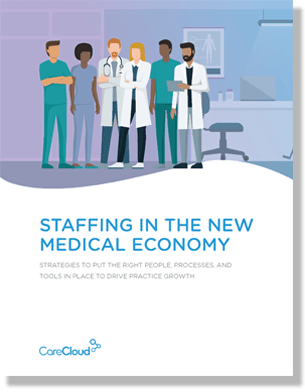The transition to ICD-10 has felt like watching a movie in slo-mo. Although it’s been more than a quarter of a century (1990 to be exact) since the World Health Organization endorsed the revised classification system, the U.S. moved at a glacial pace in adopting it. After an initial implementation date of October 1, 2011, the Centers for Medicare and Medicaid Services and Congress (CMS) took turns temporizing, pushing the final effective date to October 1, 2015. Even then, CMS squeezed out another one-year “grace period,” enabling billing under the Medicare Fee-for-Service Part B physician fee schedule to slip through using only the ICD-10 category code.
With the extension having expired on October 1, it’s time to pause the slo-mo and get up to speed. The ICD-10 family of codes will no longer be acceptable if a more specific ICD-10 code exists that best describes your patient’s condition. In practice, we should already be coding in alignment with CMS requirements since the grace period only applied to Medicare claims and commercial payers were not as lenient (or as gracious!) when it came to easing into ICD-10.
The takeaway here is that code specificity will be the new normal. Your EHR and encounter forms MUST be up to speed and ready to accommodate the 68,000 ICD-10 codes or your cash flow will take a hit when denials increase. As the code freeze ends, look at your group trends and metrics. Analyze whether the new codes apply to your medical group’s specialty (or specialties) or the conditions you treat. Continue to monitor unspecified code use and denials related to a lack of medical necessity.
Along with the primary diagnosis codes you most frequently use, consider specificity relating to common comorbidities and complications. To accurately portray the acuity level of your patient, remember that diagnosis code linkage is important. For example, separately reporting, “DM type II with unspecified complications (E11.8)” and “Polyneuropathy, Unspecified (G62.9)” is not as powerful a code statement as reporting, “Type 2 Diabetes with diabetic polyneuropathy (E11.42).”
It’s crucial to keep in mind that thorough chart documentation and code specificity are not solely about billing or getting a claim through the edit system. With the advent of risk adjustment comes the need for accurately describing how sick your patients are. Your diagnostic codes are the only way to report your patient base’s unique acuity levels and hence, those codes are your public face to the outside world. Value-based cost and quality metrics, continuity of care, and risk management are just three of the additional impact areas to consider when choosing specific codes.
The bottom line is that your reported ICD-10 codes are used in a multitude of ways to measure you against your peers. According to a recent study, 59 percent of providers capture the comorbidities and complications in their chart documentation, but only 19 percent of those codes find their way to claims. The grace period ended on October 1 and the game has changed. Unless you ensure that your EHR is on track and that all clinicians who input clinical documentation and codes are aware of the increase in expected specificity, it’s your bottom line that will take the hit.




